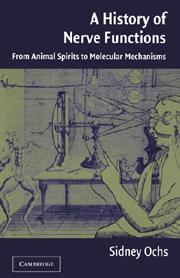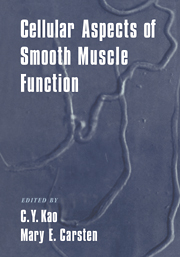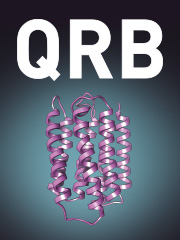A History of Nerve Functions
Recent developments have extended our knowledge of the basic functions of nerves: notably, the demonstration of the mechanism within nerve fibers which transports a wide range of essential materials. In order to understand how this discovery occurred, it is necessary to examine its history. The story begins in ancient Greece when nerves were conceived of as channels through which animal spirits carried sensory impressions to the brain. As science developed, the discoveries of various physical and chemical agents supplanted the agency of animal spirits until the molecular machinery of transport was recognized. In this fascinating and complete history, Sidney Ochs begins with a chronological look at this path of discovery, followed in the second half by a thematic approach wherein the author describes the electrical nature of the nerve impulse, fiber form and its changes in degeneration and regeneration, reflexes, learning, memory and other higher functions in which transport participates.
- The first full-length historical treatment of the understanding of nerve cell function and its relation to the brain and behaviour
- Illustrated thoughout, notably with many key historical images brought together from a wide range of sources for the first time
- Written by a neuroscientist, but discusses the cultural, philosophical, religious and political influences surrounding the scientific progress
Reviews & endorsements
'Sidney Ochs provides a richly referenced background to the evolution of our knowledge of the nature of normal conduction in the PNS and muscle. … he does provide a detailed account of the history and background of his own important work on the nature and function of transport mechanisms in nerve. … the book is an enjoyable and instructive read.' Brain
'This is an interesting book about the historical perspectives of nerve function …'. Neurological Research
'It would be difficult to identify any book in recent years that could provide as much excitement and profound insight into this field in the context of its broad history… it would be difficult to match the informed succinct style of this remarkable pioneer who has bought us his wonderfully readable reflections on the origins of those questions that continue to attract and to inspire increasing numbers of talented individuals to the benches of neuroscience research.' Journal of the History of the Neuroscienes
Product details
August 2006Adobe eBook Reader
9780511207372
0 pages
0kg
124 b/w illus.
This ISBN is for an eBook version which is distributed on our behalf by a third party.
Table of Contents
- 1. Introduction: Greek science and the recognition of nerves' function
- 2. Galen's physiology of the nervous system
- 3. Nerve, brain, and soul in the Middle Ages
- 4. Renaissance and the New Physiology
- 5. New physical and chemical models of nerve in the Enlightenment
- 6. New systematizations of nerve function in the Enlightenment
- 7. Electricity as the Agent of Nerve Action
- 8. Nerve fiber form and transformation
- 9. Wallerian degeneration: early and late phases
- 10. Nerve regeneration
- 11. Characterization of axoplasmic transport
- 12. Molecular models of transport
- 13. Actions of neurotoxins and neuropathic changes related to transport
- 14. Purposeful reflexes and instinctive behavior
- 15. Neural events related to learning and memory
- 16. Epilogue
- Bibliography.








